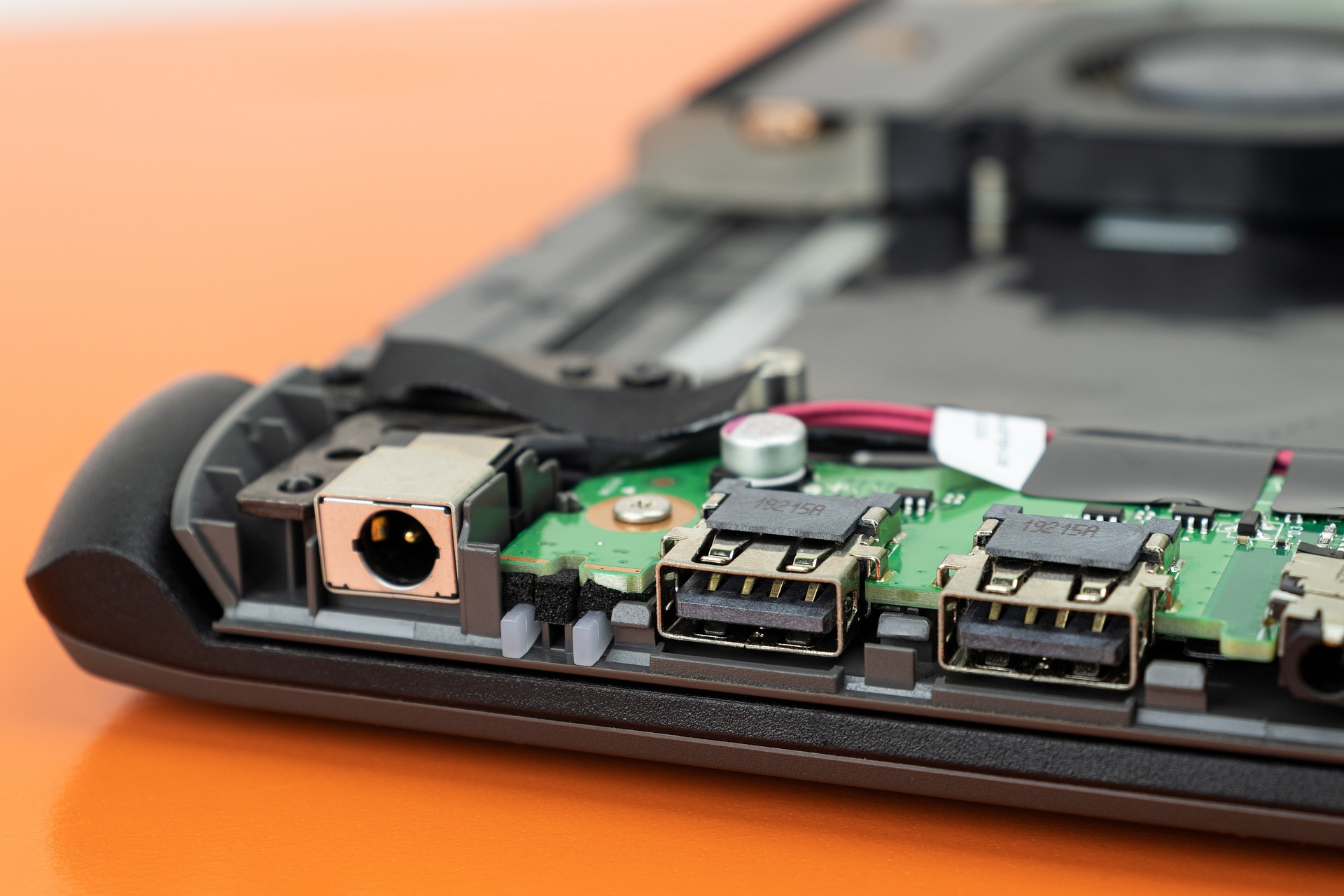Dancing with Digits: The Unseen Influence of Digital Twins
In the realm of digital innovation, a new concept is steadily making its mark. The concept of 'digital twins' is quietly transforming industries, from manufacturing to healthcare. This article delves into the intriguing world of digital twin technology, its historic evolution, its current advancements, and potential future impact, offering readers a comprehensive exploration of this relatively uncharted digital territory.

The Genesis of Digital Twins
The concept of digital twins isn’t as new as one would think. The birth of digital twins can be traced back to the early days of NASA’s Apollo missions when engineers created physical models of spacecraft to simulate and plan for potential space scenarios. However, the phrase ‘digital twin’ was coined in 2002 by Dr. Michael Grieves at the University of Michigan. The idea was simple: a digital replica of a physical asset that can be used for simulation, analysis, and optimization.
The Leap into the Digital Age
The rise of digital twins is closely linked to advancements in IoT (Internet of Things), artificial intelligence, and machine learning. IoT has provided the necessary sensory input to create a digital twin, while AI and machine learning algorithms have made it possible to make sense of these vast amounts of data. Today, digital twins are used in industries as varied as manufacturing, energy, agriculture, and healthcare, enabling businesses to optimize processes, improve performance, and predict failures before they occur.
Digital Twins: Today’s Virtual Companions
As of now, digital twin technology is making waves in multiple sectors. In the manufacturing industry, digital twins of factories are used to optimize production lines based on real-time data. In healthcare, digital twins of patients’ organs are used to simulate surgeries or treatment plans. Even cities are creating digital twins to manage infrastructure and plan for disaster scenarios.
The Future of Digital Twins: A Crystal Ball into Tomorrow
The future of digital twins holds immense potential. The concept of a ‘digital twin of an organization’ (DTO) is gaining momentum, where a digital model of an entire organization is created to optimize business processes and strategies. Furthermore, as more devices become interconnected in the IoT era, digital twins will be critical in managing these complex systems.
The Market Impact and Price of Digital Twins
Digital twin technology’s market size is projected to grow from $3.1 billion in 2020 to $48.1 billion by 2026, at a staggering CAGR of 58% during the forecast period. The adoption of digital twins varies by industry and the complexity of the systems involved, which also influences the price. For a small to medium-sized enterprise, a basic digital twin might cost in the range of $30,000 to $50,000. However, for larger enterprises with complex systems, the price can go up to several million dollars.
In conclusion, digital twin technology is an exciting development in the digital world, poised to revolutionize how we analyze, predict, and optimize our physical world. As we continue to digitize every aspect of our lives, digital twins will play an increasingly vital role, serving as the bridge between our physical and digital realities. Although still in its nascent stages, the future of digital twin technology holds promise and potential, making it a topic worthy of attention in the tech ecosystem.




